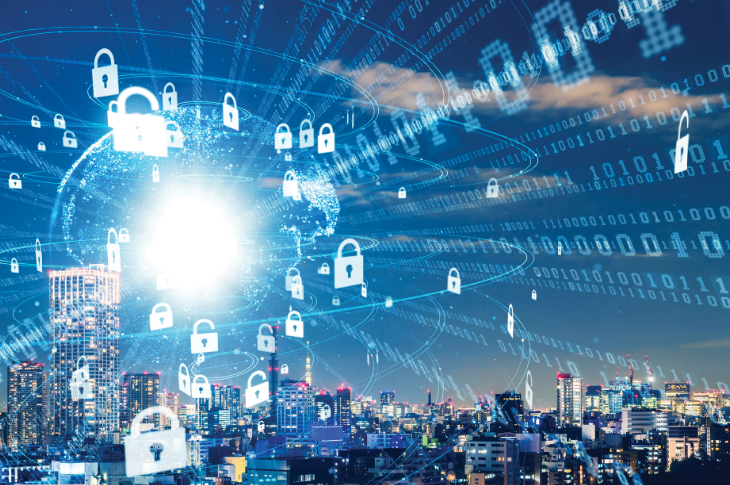Life happens online — #GetCyberSafe

We’re all connecting online more than ever — which means it’s a great time to make sure we’re doing it securely.
Check out the tips below and #GetCyberSafe.
Catch on to the red flags of phishing
Phishing is an attempt to get sensitive information by pretending to be a legitimate source — and it accounts for more than 80 per cent of reported security incidents.
Phishing comes in many forms including text messages, emails, phone calls or fake websites. It also comes from anywhere and everywhere — remember, just because an email appears to come from an internal source doesn’t mean it should be automatically trusted.
Watch for the red flags and don’t take the bait. Report phishing to SAIT accounts to the ITS Service Desk.
Seven phishing red flags
- urgent or threatening language: pressure to respond fast, threats of closing accounts or actions for account abuse
- requests for sensitive information: asking for personal information or login credentials, links directing to login pages, asks to update account info
- unexpected emails: emails from internal users you’re not expecting, invoices/receipts received unexpectedly
- mismatched information: sender display name and email address don’t match, spelling or grammar errors
- suspicious attachments: weird file names, uncommon file types
- too good to be true: unsolicited job offers, prizes requiring payment, winnings from contests you didn’t enter
- unprofessional design: emails with little to no formatting, incorrect or blurry logos.
Keep calm and patch on with regular updates
Having the latest security software, web browser and operating system on your devices is one of the best defences against online threats.
As weaknesses in devices and software are found, providers create fixes to address these issues. Along with fixes come new security features that are developed to help prevent attacks.
Keep up to date with ease
- enable automatic updates on all your devices: this will allow them to automatically install new security patches and features. SAIT managed devices already have this enabled
- make it a habit to restart your devices frequently: restarting your devices initiates updates and patches, built to keep you and your devices secure. You can avoid interruptions by setting a specific time to restart your device when you’re prompted to update your software.
Stay ransomware free
Ransomware is a type of malicious program (malware) designed to infect devices and encrypt files until a sum of money is paid. After a single device has been infected on a network, ransomware will attempt to spread to other systems and encrypt them, potentially crippling a company’s entire infrastructure.
Consequences of a ransomware attack can be severe, and there is no guarantee a user will recover their data, even if they pay the ransom.
Protect your data
- use an anti-virus program: protect your computer and leave all security features enabled
- create frequent backups of all your files: store your backups on an external hard drive or the cloud to avoid paying to get them back.
Double-up your login protection
Multi-factor authentication (MFA), also called two-factor authentication, is a security feature that allows you to use different types of credentials when logging into an account. By requiring multiple methods of authentication and using security measures that are unique to you, your account is further protected from being compromised.
Combine your authentication factors
- something you know: this could be a PIN, password/passphrase or security question
- something you have: a phone (unique one-time code through SMS or an app) or fob
- something you are: your fingerprint, face, eyes or voice.
Plug in to a career in cyber security
Go beyond the tips and reboot your career with one of SAIT’s security programs.
Skills for the Future
We prepare students for successful careers and lives.
SAIT'S
2020-2025
Strategic plan

Oki, Âba wathtech, Danit'ada, Tawnshi, Hello.
SAIT is located on the traditional territories of the Niitsitapi (Blackfoot) and the people of Treaty 7 which includes the Siksika, the Piikani, the Kainai, the Tsuut’ina and the Îyârhe Nakoda of Bearspaw, Chiniki and Goodstoney.
We are situated in an area the Blackfoot tribes traditionally called Moh’kinsstis, where the Bow River meets the Elbow River. We now call it the city of Calgary, which is also home to the Métis Nation of Alberta.